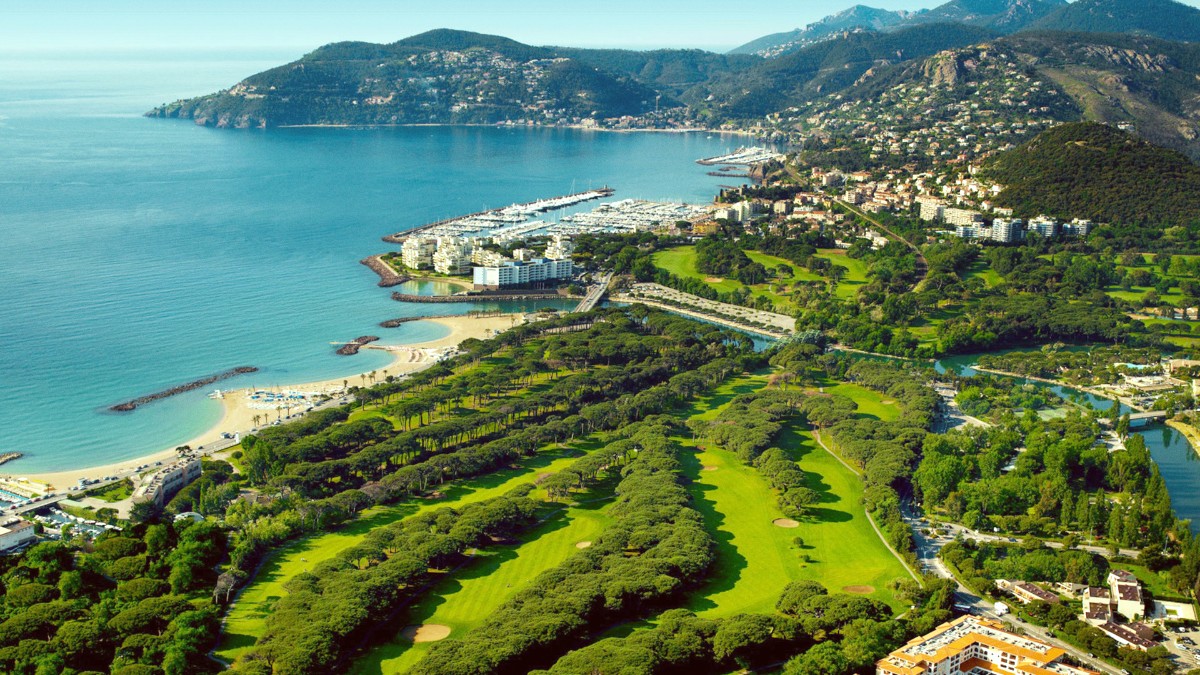
Cote Dazur, France
Cannes operates a comprehensive and efficient bus network, known as Palm Bus. This is the main form of public transportation within the city, connecting the city center, beaches, residential neighborhoods, and the train station.
Palm Bus routes are clearly marked, and maps are available online and at major bus stops. Buses generally operate from early morning until late evening, with reduced service on Sundays and public holidays.
Main hubs include Gare Routière (bus station), Hôtel de Ville (City Hall), and several stops along La Croisette.
Many newer Palm Bus vehicles have ramps and designated spaces for wheelchairs.
The official Palm Bus mobile application is useful for digital tickets and real-time schedules.
White/black vehicles with "Taxi" sign, meter inside.
Hailing on street (green light) or at stands (train station, Palais des Festivals).
Metered fares, ~€10-€20 for central rides. Airport to Cannes ~€70-€90.
Uber, Bolt, Free Now operate; fares fluctuate.
Rental options provide flexibility, from cars for exploring the wider region to bikes for urban excursions.
La Croisette, Le Suquet (old town), and Rue d'Antibes are pedestrian-friendly areas.
Guided or self-guided tours are excellent for exploring Le Suquet and the city center.
Dedicated bike lanes exist on La Croisette. Be aware of traffic on roads without lanes. Helmets recommended.
Beyond the standard options, Cannes offers specialized transport that enhances unique visitor experiences.
Cannes does not have its own metro or tram system.
Buses are the main public transit.
Cannes' topography does not necessitate cable cars or funiculars.
Walking covers most inclines easily.
As a coastal city, Cannes does not have significant river transportation.
Focus is on sea-based travel.
By understanding these local transportation options, you can move around Cannes efficiently and comfortably.
Select the method that best suits your travel style and itinerary.